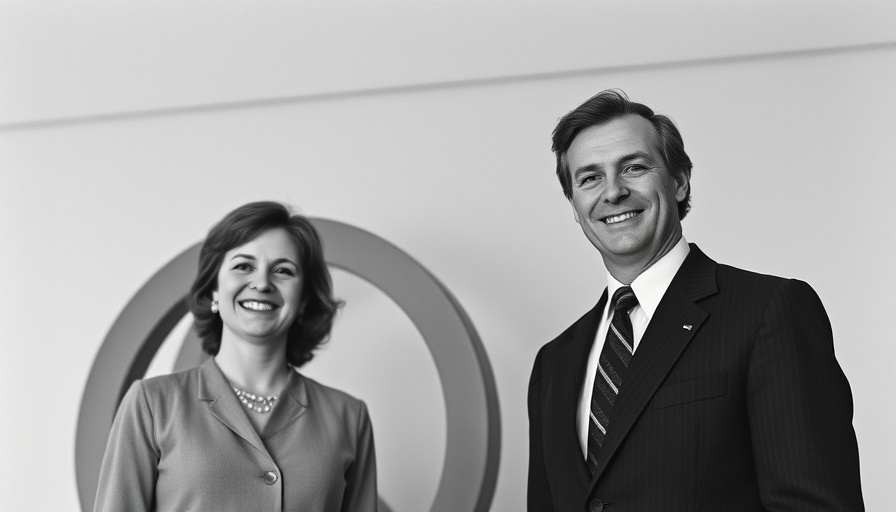
A Life Intertwined with Art: The Journey of Juan Hamilton
The recent passing of Juan Hamilton has captivated the art world, illuminating the complex tapestry of relationships that shaped the legacy of renowned painter Georgia O'Keeffe. Hamilton, who spent the last decade of O'Keeffe's life as her companion, caregiver, and protégé, passed away at home in Santa Fe, New Mexico, on February 20, at 79 years old.
Reflections on a Unique Relationship
Hamilton's connection with O'Keeffe began in 1973 when he was working as a handyman at Ghost Ranch, the artist's picturesque home. At that time, O'Keeffe was 85, navigating her blindness and steeped in the efforts to maintain her creative legacy. The two formed an undeniable bond, but their relationship often sparked controversy and speculation regarding their emotional and professional closeness.
Throughout his time with O'Keeffe, Hamilton gained access not only to her personal life but also to her extensive artistic legacy, which later estimated to be worth around $90 million. Critics questioned the nature of their bond, as Hamilton became the primary beneficiary of O'Keeffe's will. While many celebrated his role in supporting the aging artist, others lamented the perceived inequity related to inheritance amidst a backdrop of family estrangement.
The Impact of Hamilton's Legacy on the Art World
Juan Hamilton was more than just O'Keeffe's caretaker; he was an artist in his own right. After stepping into the light cast by O'Keeffe's fame, he gradually began to explore his artistic ambitions, experiencing notable success in the late 1970s with exhibitions that included high-profile guests like Andy Warhol and Joni Mitchell. Critics praised his unique style, yet his prominence dwindled over the years, leaving his artistic legacy entwined with O'Keeffe's story.
Following O'Keeffe's passing in 1986, Hamilton took on the monumental task of preserving her legacy through the establishment of The Georgia O'Keeffe Foundation, which aimed to manage the finances and affairs of her estate. Hamilton's role became one of both stewardship and revenue generation, a balancing act that involved selling significant pieces from O'Keeffe's collection to ensure its longevity.
Beyond the Spotlight: The Human Story
Beneath the layers of controversy and artistic influence lies a personal narrative that speaks to the heart of the human experience. Hamilton's upbringing in Latin America, influenced by his missionary parents, shaped his artistic sensibilities and fostered a deep appreciation for the arts. His connection to O’Keeffe not only provided him with artistic mentorship but also a family-like bond, amid circumstances that could have left him adrift in life's currents.
Amidst the complexities, one recurrent theme stands out—the profound impact that companionship and care can have on an artist's life. “There is no question that it was Hamilton, not relatives, who cared for O’Keeffe in her final years, and that he also gave her life joy and purpose,” as reported by the Washington Post in 1987. This acknowledgement sheds light on the oft-ignored emotional labor behind the art world.
Final Reflections: Honoring the Past and Shaping the Future
Juan Hamilton's passing marks not just the loss of a significant figure in the art world, but also the closing chapter on an extraordinary connection that spanned decades. His life is a poignant reminder that art transcends mere visual appeal; it is also about human relationships, love, and the legacies we create together.
As art lovers and community members reflect on Hamilton's life and contributions, they are prompted to consider their own relationships within artistic realms—recognizing the potential to inspire, uplift, and foster creativity that resonates with today's society.
In light of this discussion, we invite you to explore art initiatives in your community that echo the alliances Hamilton formed. What grassroots efforts are being made to support local artists? How can you lend your voice to uplift creative spirits around you?
 Add Row
Add Row  Add
Add 




Write A Comment